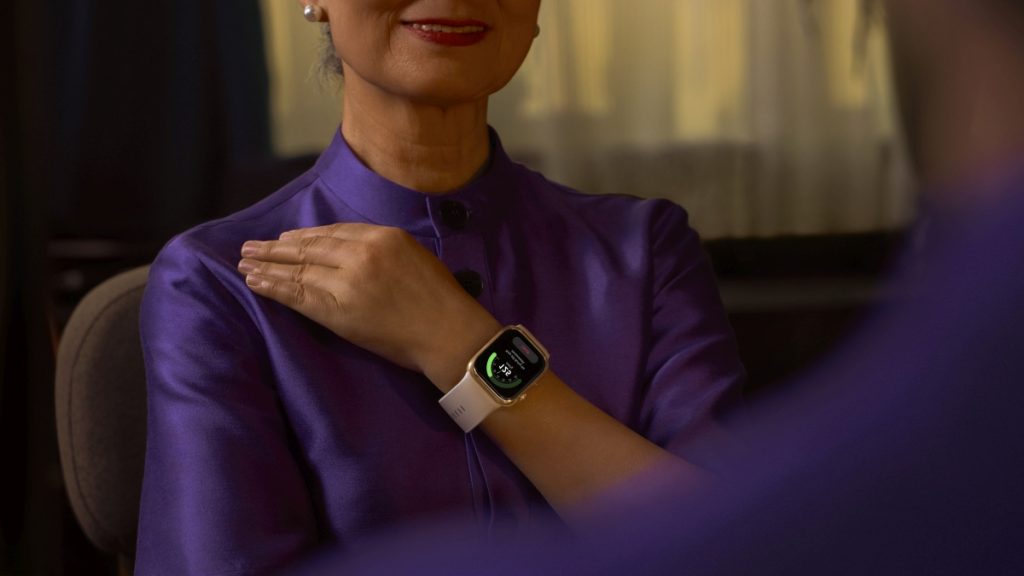It’s easy to overlook security in your working space, be it a bedroom studio or something a little bigger. We look at what you can do to minimise the risk and what not to do too!
A month ago, a very good friend of mine had $16,000 USD worth of gear stolen from his home. He was, understandably, distraught and left rueing a series of unfortunate events that meant he was not likely to either get the equipment back or recoup his losses through insurance.
It immediately made me re-evaluate the security in my home studio and take some necessary steps to both limit a thief’s access to my property, make the equipment unsaleable and, if the worst was to happen, ensure that I would be compensated so I could rebuild. Here are a few things I learned along the way.
Tops – What You Can Do
Security is a State of Mind
I have worked in the security industry for over 12 years. The company I work for is at the forefront of digital security, both physical and virtual. Our equipment secures aircraft hangers to your front doors. It protects servers and desktop computers and most of the time, you won’t know it’s there.
But one thing is very apparent. No matter what security you have in place, nothing is totally, 100% secure. All you can do is make it as difficult as possible for someone to steal from you and have something in place to reduce the impact and get you back to where you were. Ultimately, it’s about reducing the concern.
The Onion
Onions? “What is he on about?” I hear you shout. I’m talking about layers. That is how you approach security. Create layers of it. The more layers, the less desirable it is to break through them all. Let’s start at the centre. The gear itself. Short of welding a metal hook on the chassis and chaining them up, there’s not a huge amount you can do, but there are some steps you can take.
Kensington Locks
That said, a lot of gear comes with Kensington Lock sockets. These metal holes in the chassis allow for the insertion of a keyed barrel lock that is attached to a strong, multi-core metal tether coated in plastic with a loop on the end. thread the lock around a strong tethering point and attach it to your gear.
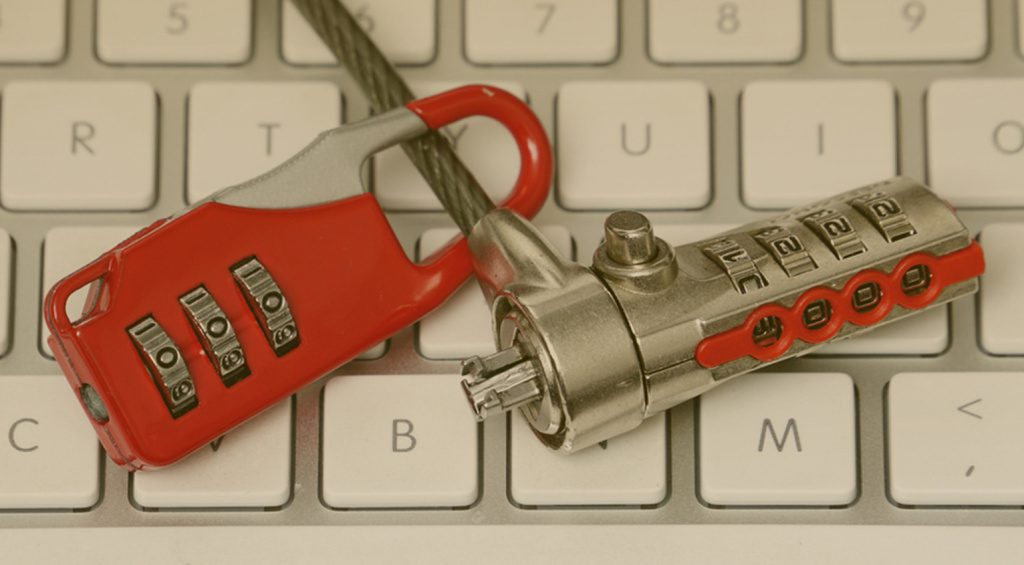
Security Marking
Another useful thing you can do is use a security pen and mark all of your gear. These pens use an “invisible” ink that’s generally only visible under black light and would require some damage to be removed. If possible, mark your gear in places that can not easily be accessed, as well as on the surface. Your local police will be able to advise you about security marking. Here in the U.K., the police recommend simply writing your house number and postal code.
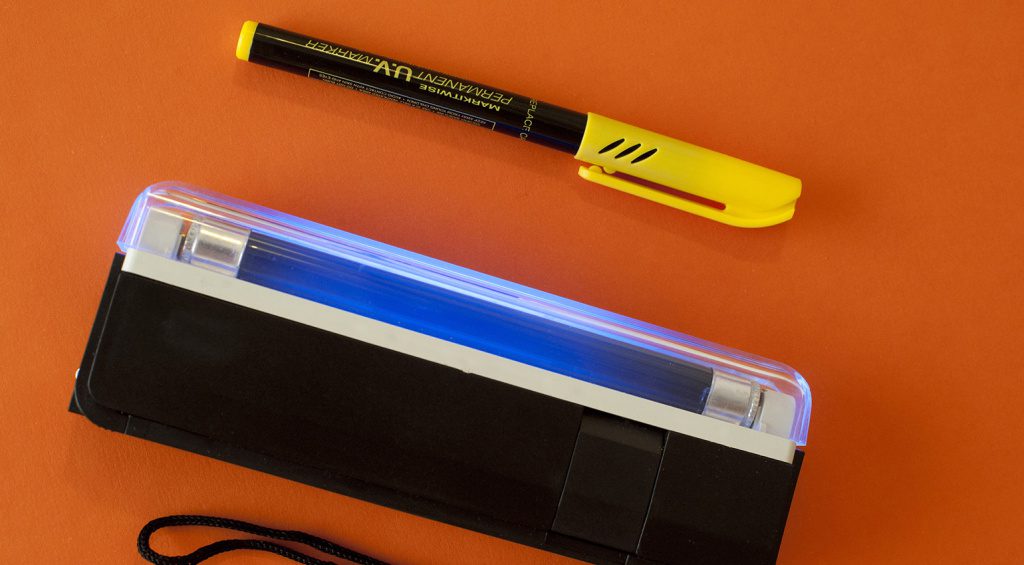
Trackers
I did consider using something like an Apple AirTag but wasn’t sure if mounting one internally in a synth made mostly of metal would inhibit the signal, but it’s worth a try. Chances are, you could track your gear and give law enforcement a head start on catching the offender.
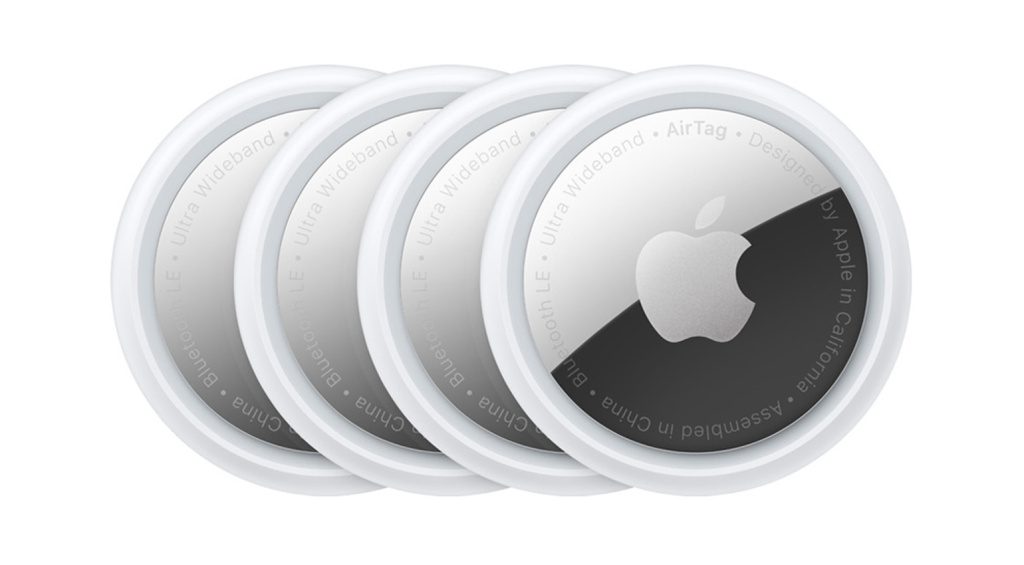
I heard just the other day that the great Suzanne Ciani recently had her Buchla system go missing in transit. She was assured that it had arrived at London Heathrow airport but she was actually able to pinpoint it in Brussels, Belgium because she had Apple AirTagged it! A lofty recommendation, right there!
Your Studio
So what about your room? There are a number of things you can do here that have become increasingly easy to do on even the smallest of budgets. Let’s start with security cameras. These are very affordable and can be bought with their own storage or, better still, cloud storage. They can even hook up to your Amazon Echo/Apple HomePod/Google Nest system to provide warnings.
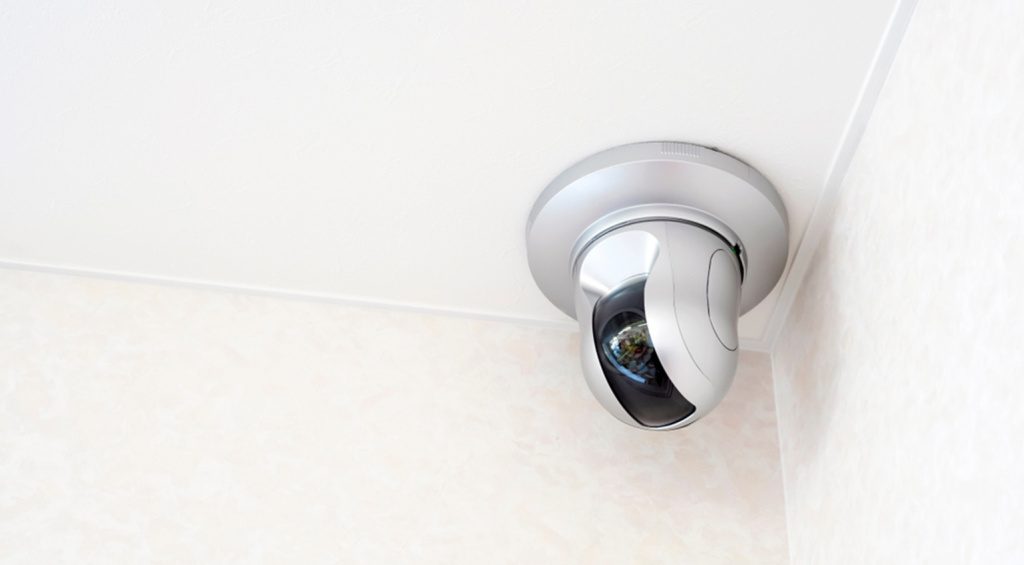
Consider putting individual locks on your studio door. Doing this adds another layer of obstruction to someone who might have already gained entry to your property. It can be as crude as a padlocked bolt or as elaborate as a five-lever mortice deadlock. Keep keys in a secure box or on your person.
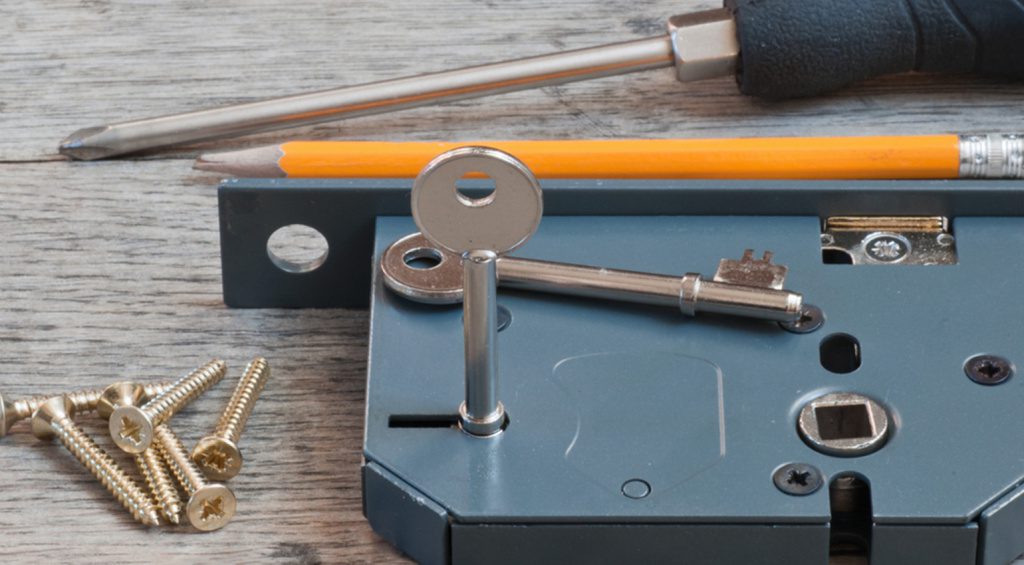
Window locks can be very hit-and-miss when it comes to quality. Most locks built into modern PVC window handles aren’t great and use common, generic keys. But they do provide another layer of obstruction, so make sure you keep yours locked when required. Consider fitting something more substantial.
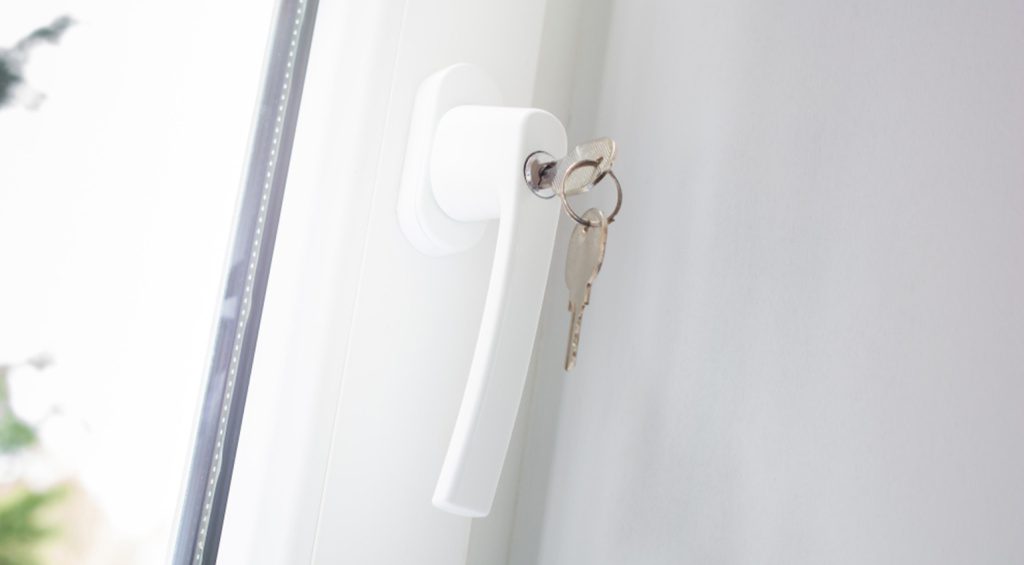
Alarms
It wasn’t that long ago that having an alarm system fitted was a costly exercise. These days, it can cost you very little to have at least some level of audible protection. At the lowest end of the scale, a simple door-mounted alarm that is often used in garages or outbuildings, can detect entry and/or movement and sound a very loud alarm.
Spurred on by my buddy’s misfortune, I actually bought an alarm kit from Amazon for under £100 GBP that included 10 door/window detectors, one Passive Infra Red (PIR) movement detector, a 120db siren, two wireless remotes and a central hub control unit that connects to Alexa for complete remote control. I can control it all via an app on my phone, and I get warnings wherever I am if the alarm goes off.
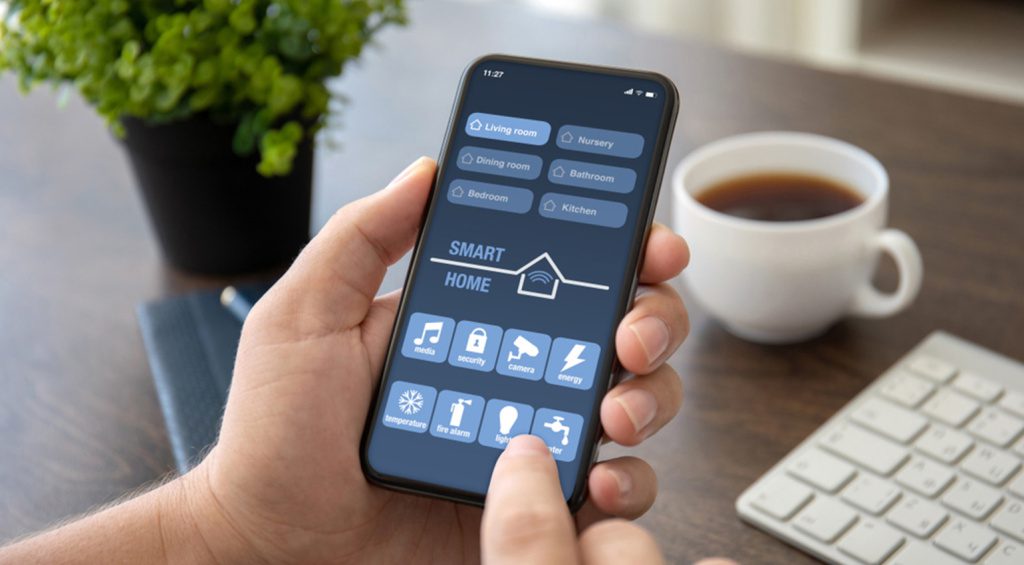
It was super simple to set up, and now every possible point of entry at ground level is covered. Do alarms stop burglars? Maybe not the most committed or persistent ones, but it is yet another level of deterrent that might ward off most opportunist thieves. Even fitting a dummy alarm box on your property wall can encourage an opportunist burglar to move on somewhere else.
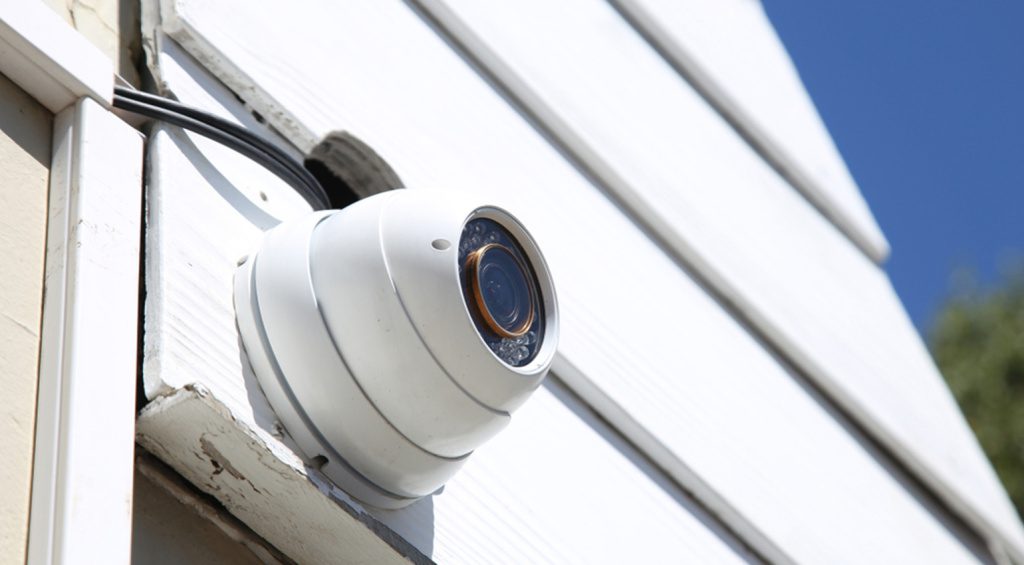
Motion sensor lighting around your property’s perimeter and the use of outdoor security cameras provide yet another layer to your security onion. It seems many thieves don’t necessarily care if they’re seen, but a good shot of their face can often aid law enforcement in tracking them down, and it’s great evidence for any ensuing court case.
Insurance
If all else fails, and your gear falls into the hands of a burglar, you should at least be able to recover the bulk of your loss through insurance. But not all insurance is the same so you really need to make sure that your policy properly covers your gear.
Firstly, ensure that you record the serial numbers of every bit of gear. Better still, take pictures of the serial number stickers. This can really help when proving ownership of gear. In fact, take pictures of everything. It might be time-consuming, but a digital repository of your gear, stored safely off-site in the cloud maybe the difference between identifying your gear when it is being fenced by the burglar.

Insurance companies will also require this information, so it is a vital action to take. Then, make sure your cover is adequate. Read the small print and check to see what your policy does and does not cover. Most domestic home contents policies won’t cover individual items over a certain value unless you declare them individually.
My insurance provider specifies that musical instruments do not have to be individually declared, regardless of value, but that’s not always the case. Use online retailers of used gear to get a good idea of what each bit of gear is worth and insure it for a bit more.
Specialist Musical Equipment Insurance
There are a number of insurance companies out there that specialise in musical equipment cover. They are well worth checking out as they have specific experience in musical gear and can also provide useful cover if you take your gear out gigging.
The bottom line is this. You can never fully protect against burglary, but you can easily reassure yourself that if it does happen, you can recover the bulk, if not all, of the value of your gear. Most of us would not think twice about paying for a new synth or guitar, but for the price of that instrument, you could cover your entire studio for a year or longer. Don’t be cheap when it comes to insurance.
Flops – What NOT to Do
This might seem like a bunch of obvious hints and tips, but you would be surprised at how many people don’t consider these things and the implications they can have.
Sharing Your Location
Never publicly disclose the location of your studio. If you hire your place out, ensure that you have the booker’s full details and payment before giving them specific location details. If you’re taking pictures of your location, be it internally or externally, make sure no easily identifiable landmarks are visible.
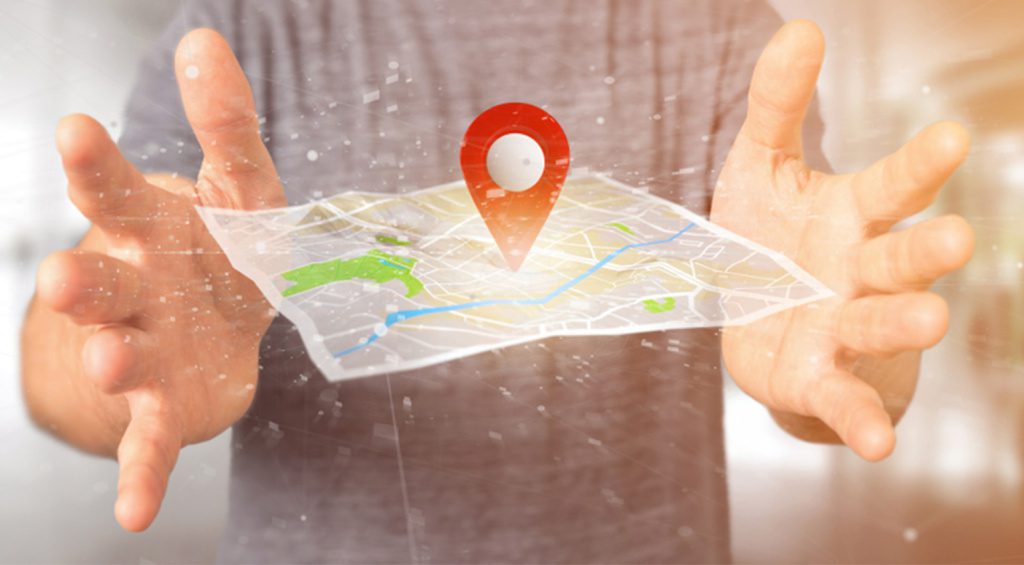
Social Media
Never advertise the fact you are away from your property on social media. Whilst it is tempting to post pictures of yourself on a sunny beach on the other side of the world, your vacation photos will alert potential thieves to the fact nobody is at home. We share so much of our personal lives online these days that it is easy to forget that this information can be like putting up a flag outside your house saying “Please Burgle Me!”.

Don’t Scrimp on Insurance
Don’t assume that your insurance will just cover you. Single-item limits can often apply, and if you don’t declare specialist items, you may run the risk of them not paying out.
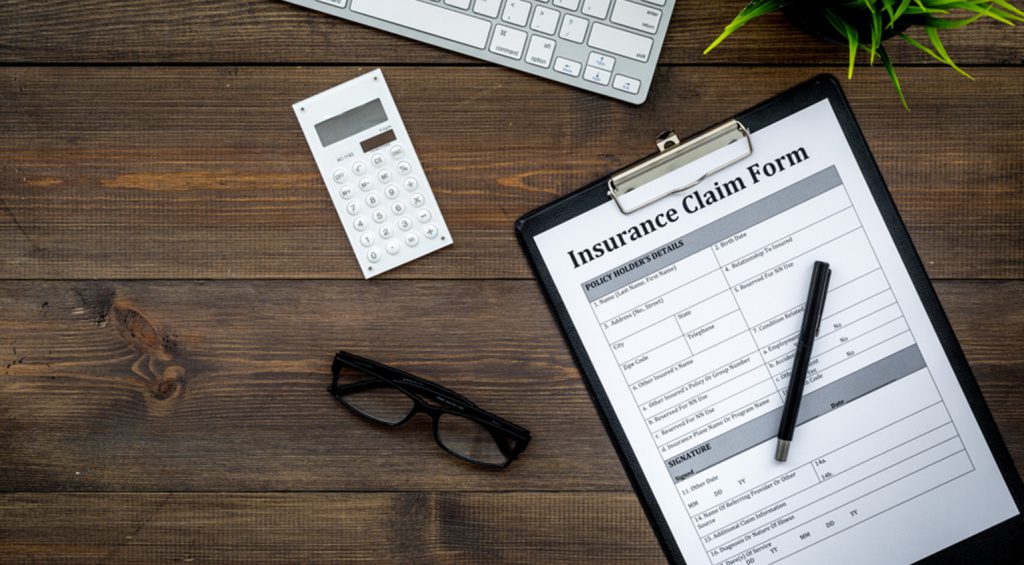
In Conclusion
A huge amount of security comes down to common sense, and a lot of what I’ve written above might seem like I’m preaching to the choir. I have also tried, with the exception of AirTags, to avoid picking out specific security equipment or insurance company brands. This is because we have a global audience and things work differently in different territories.
There should be enough pointers for you to start researching your options and choosing what is right for you. Every one of our circumstances are different and the combination of security products, insurance and other elements will be different for everyone.
Remember, for the price of that new instrument you’ve been drooling over, you could put in place a number of preventative measures and restorative protection that could save you from going through what my friend went through and losing what you have worked hard for over many years.
I don’t have all the answers, and what I’ve listed here are simply starting points for you to do your own research into your security and insurance arrangements. If you have any advice, experiences you’d like to share or recommendations, be sure to leave them in the comments section below.
*Disclaimer: The information contained in this article is merely advisory, and you should always seek professional security and insurance advice from reputable organisations in your local area to help protect you against burglary and the consequences. Gearnews.com can not accept any responsibility for loss of gear, income or related costs by following the advice in this article alone.






